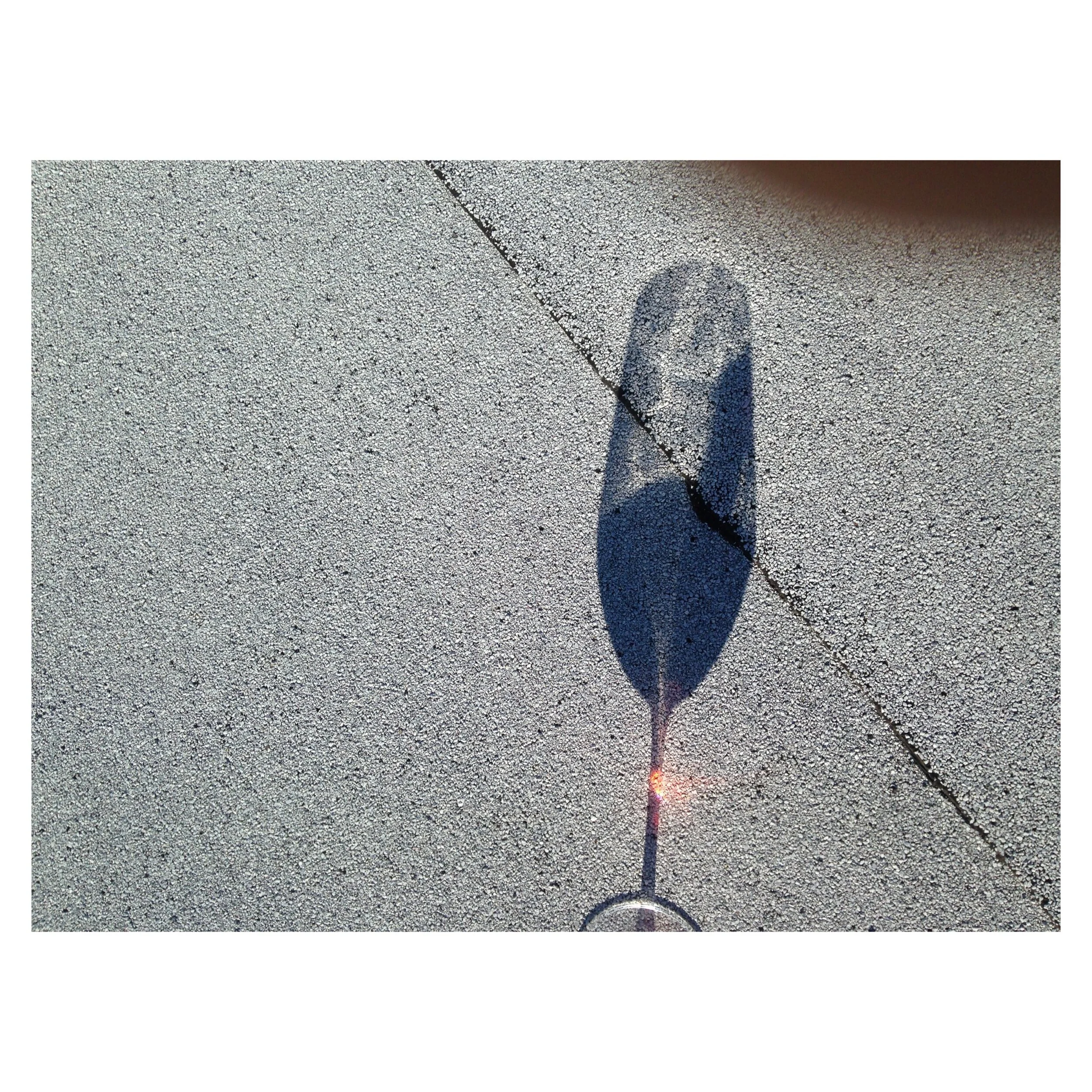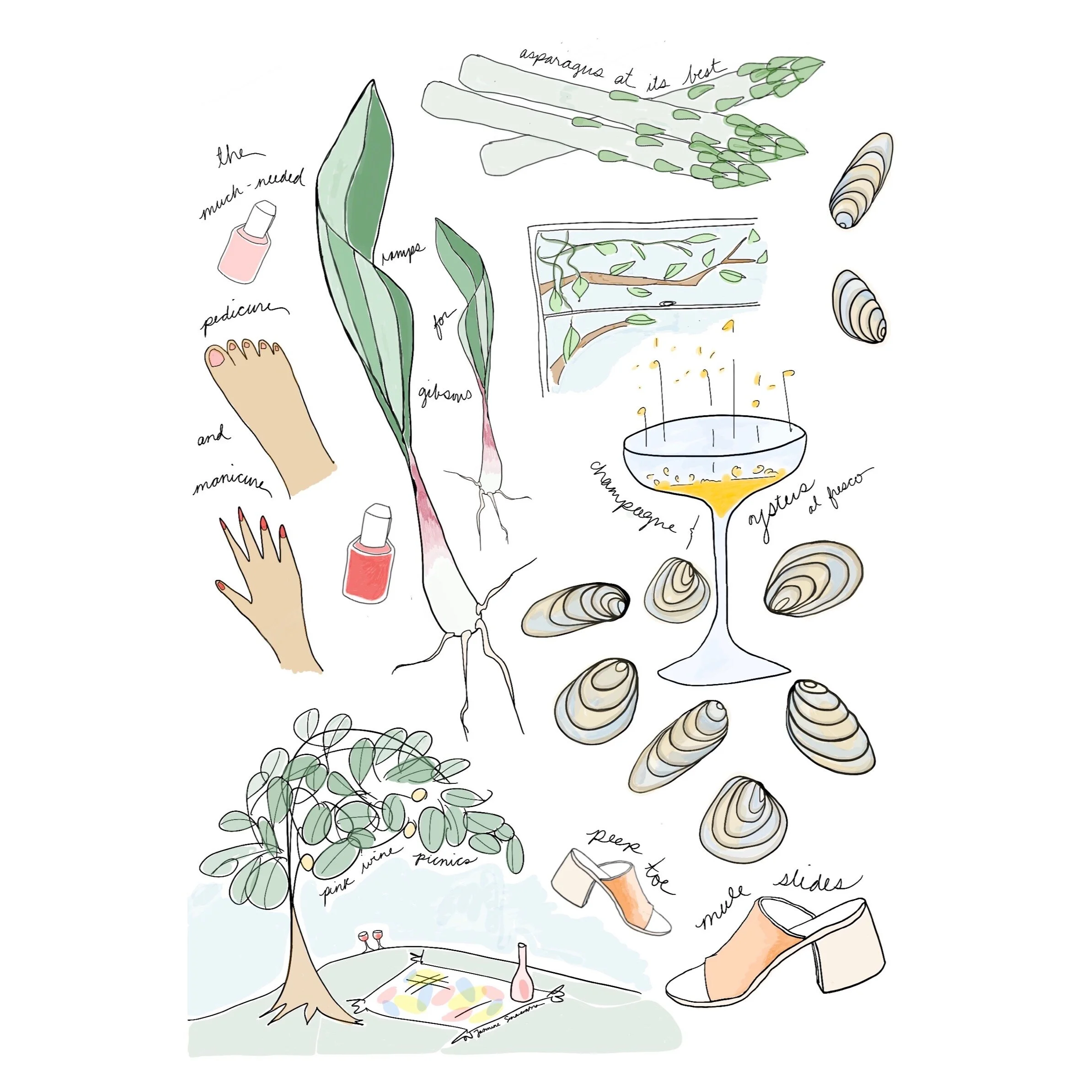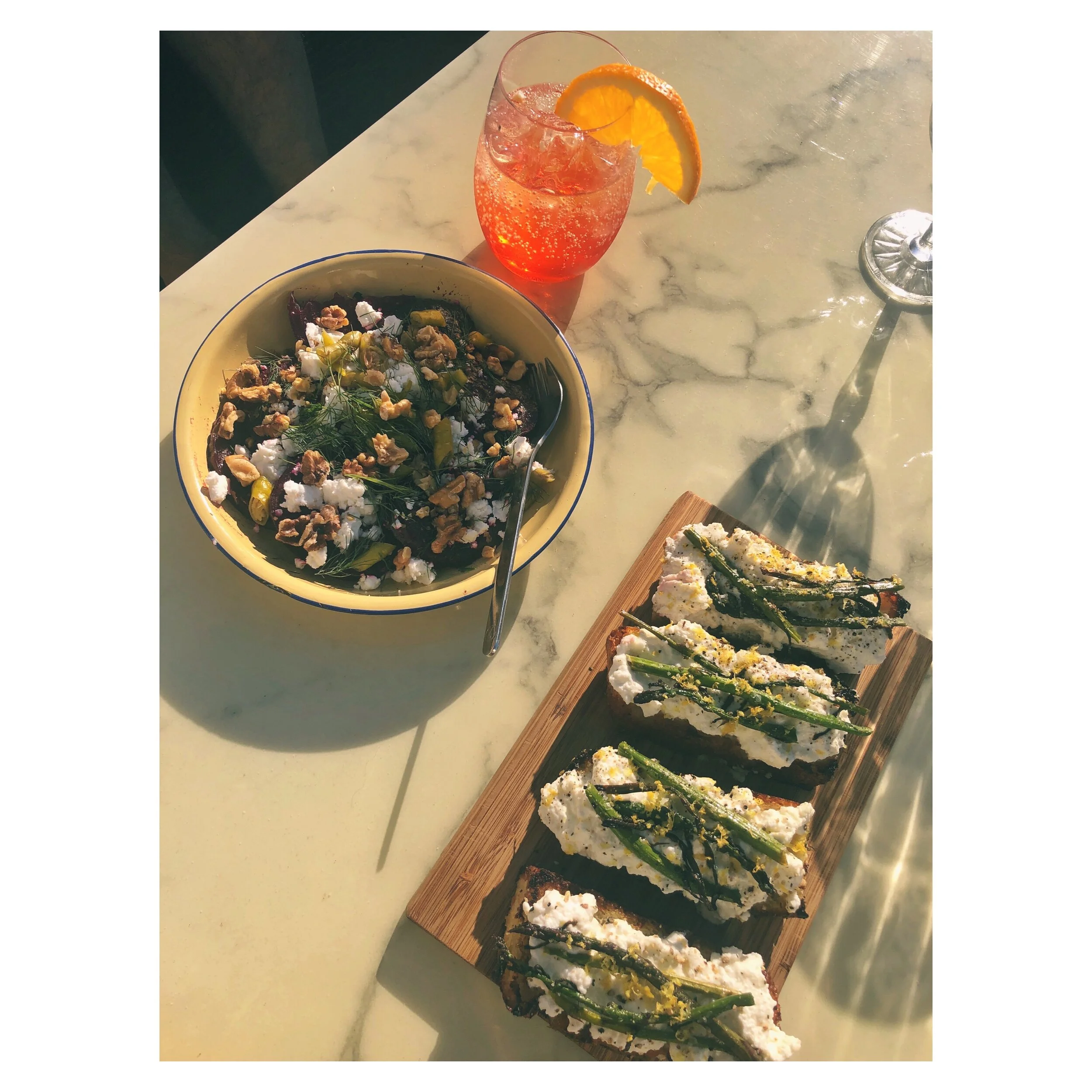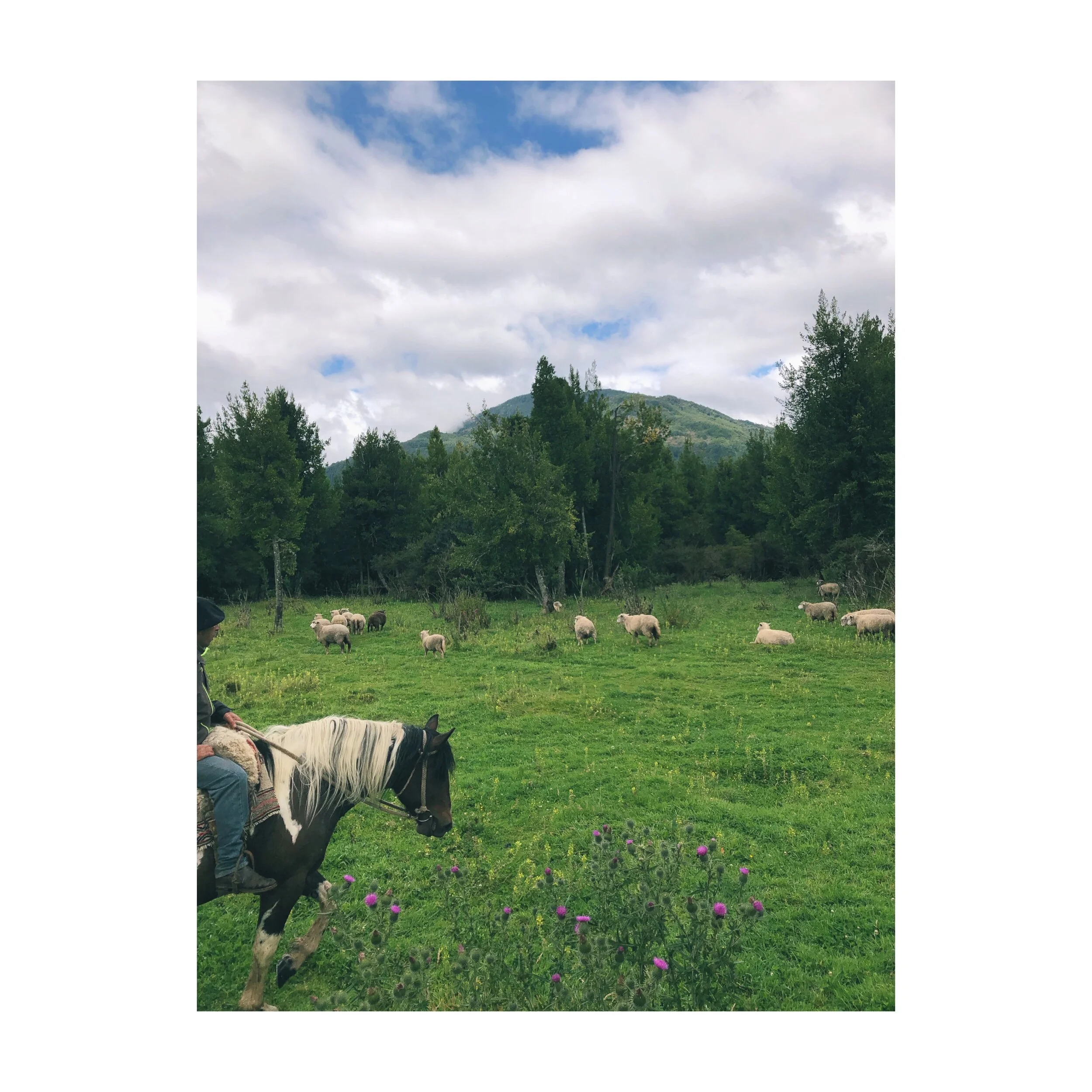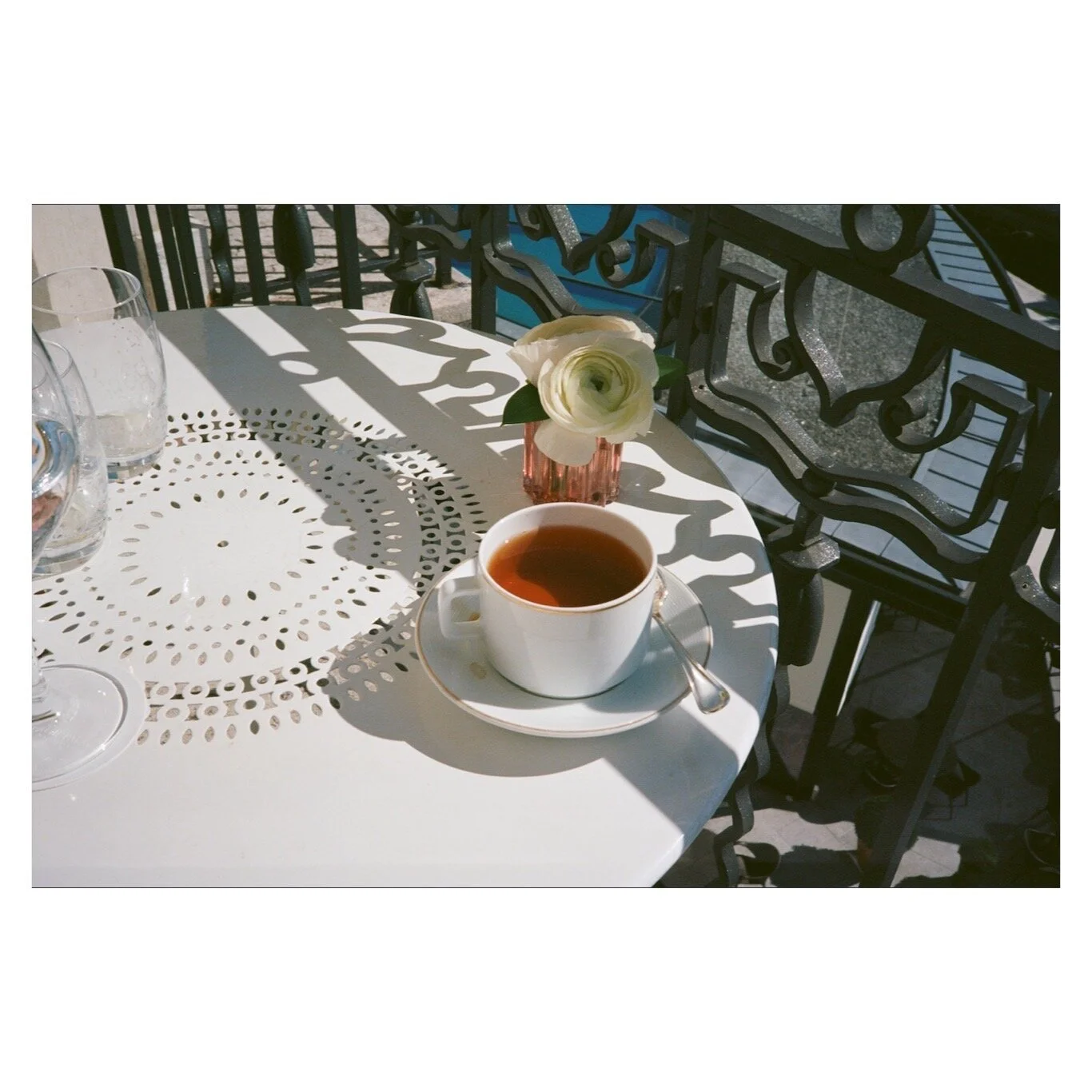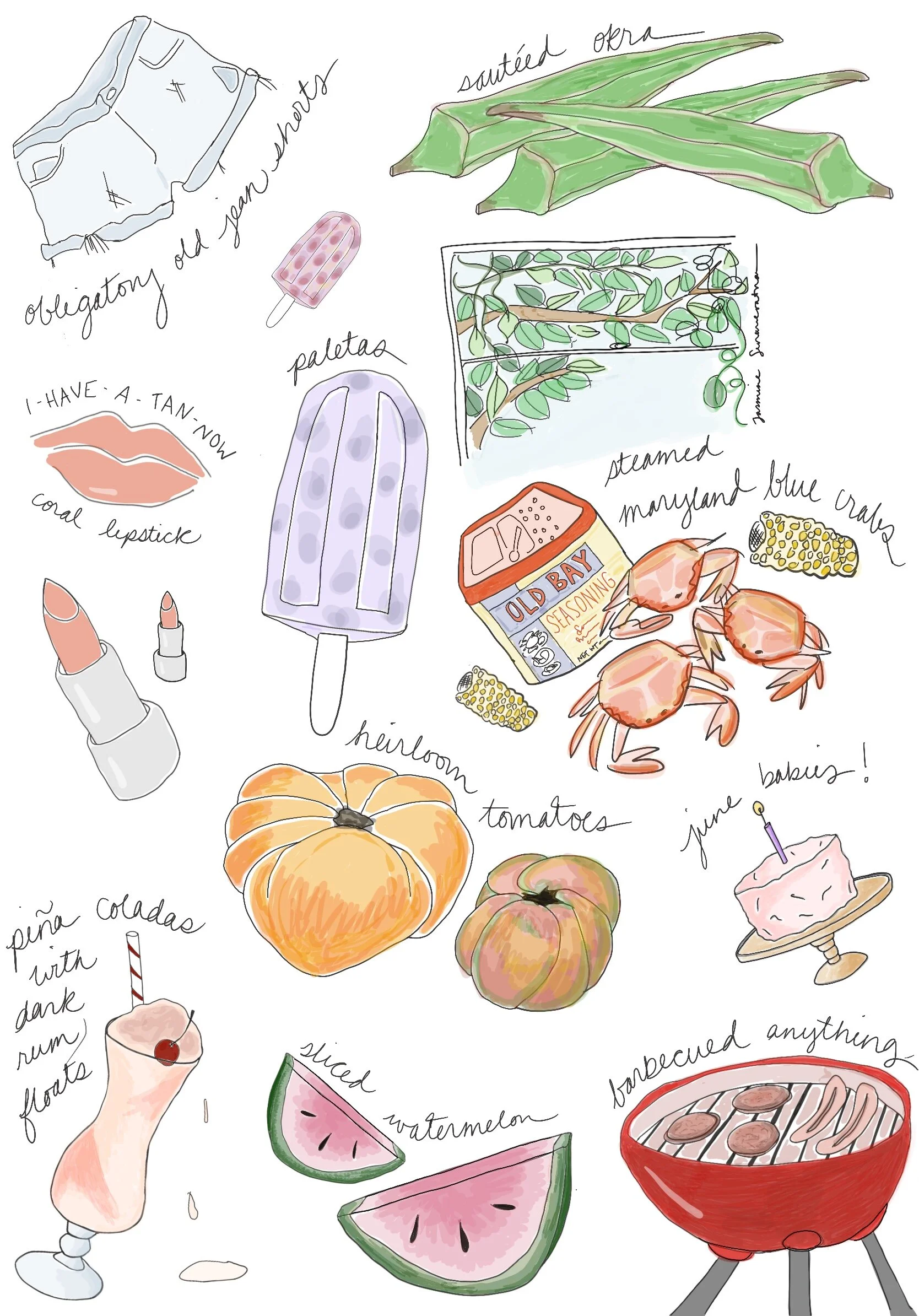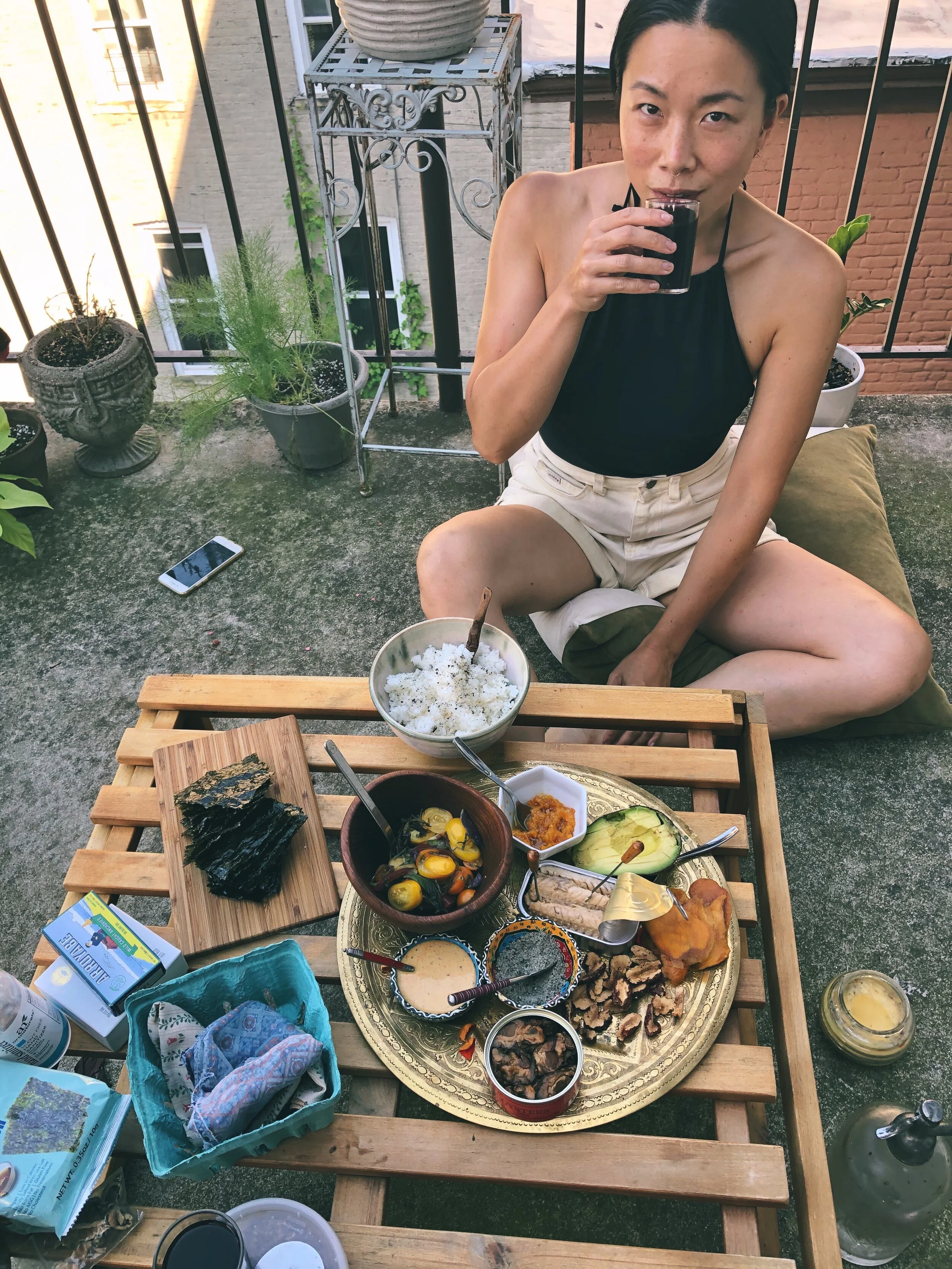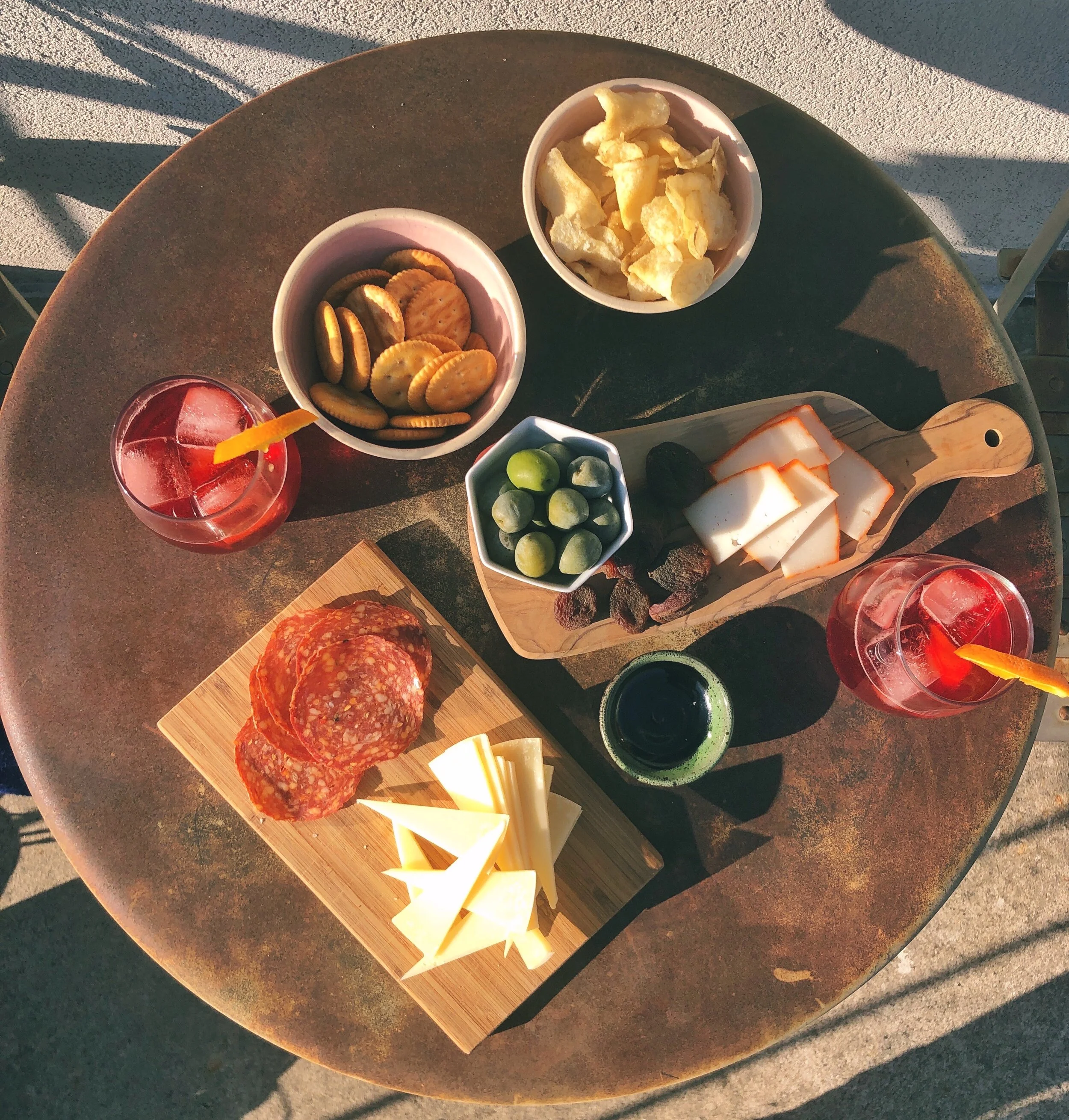Cs Community Journals V5
Image by Josh Hamlet
Hi Friends.
It has been a while, and I hope you all have been taking care of yourselves and those around you.
After a few weeks off, Counter Service is back with really incredible contributions that we are excited to share with you all. Over the next few months you can expect a bi-monthly journal to come out, reacting to current events and passionate musings from some of our talented community members.
With these Journals, we have now included a donation button. We are asking that if you enjoy the musings and thoughtful, passionate pieces contributed, to donate any amount you can to help support our community. These donations will be split 70% directly to the contributors (artists and writers in the hospitality world) 25% to an organization (this issue’s organization is The Okra Project), and 5% to maintaining the website.
A last note before we dive deep into some incredible work, the always inspiring Erika DaSilva and Ten Mile Table in Upstate New York are hosting a Food & Art Magazine-Stand Pop-Up, Cuizinestand, this weekend. Aug 1-2, 8-9, 15, 2020 at 10 Main Street, Wassaic, NY. Over 25 incredible publications will be there and we are honored to be a part of that group.
Much love, CS Magazine
Did you Come?
Zach LIgas
Spring/Summer
Jasmine Senaveratna
How to aperitivo from anywhere, with anything
A Conversation between Kimberly Chou Tsun An and Ora Wise
Ramping Down the Ramp Hype
Amanda Kingsley
From the ARchives:
ART AND WINE
A Pairing by Mary Eannarino and Zoë Laird
A Playlist: Dishes
By Sarah Boisjoli
Did You come?
Zach LIgas
The usual suspects of spring are conspicuously absent. The vegetables that trigger nearly ejaculatory responses seem to have left the city for the Hamptons.
There are certainly parallels to be made between seasonality and mortality. We cling to what emerges from the Earth for weeks at a time, and when it’s over, we begin to mourn.
There are no more tomatoes.
Those of us industrious enough to stow away and preserve these ephemeral visitors can amass a catalogue worthy of combatting the most dire instances of seasonal affective disorder. A peculiar affliction treated with ramps, corn and/or ripe strawberries.
In the current state of our ever flattening climatic curve, sometimes our bodies fail to feel these shifts. The cameos by truffles, fiddleheads or peaches are often times more potent landmarks for where we exist in time, the revolution. We depend on these sensual activations to propel us. During this period specifically, the passage of time is even less measured, existing outside of traditional rhythm. We are warping between a slow tumble and a sweaty sprint as days and weeks progress. Differentiating between Monday and Thursday, April and May when we are essentially skipping this Spring gastronomically can become minutae.
This brings about musings akin to “if a tree falls in the woods, does anyone hear it?”
Did ramps even grow this year if droves of foragers did not drag their ivory bulbs from the dirt?
Were truffles a thing this year if crowds didn’t edge themselves while they’re shaved over tagliatelle by the gram?
Perhaps the delicate ecosystems of foraged plants are welcoming this respite, replenishing their numbers. Mommy and daddy ramp get to live another year. Summer vacation with the family all together, perhaps much to the chagrin of the adolescent ramps. I digress. You’re welcome.
Amidst a pandemic it may seem shallow to mourn a season. A season lost is a marked absence to those who finally have the opportunity to shake off tubers and work with fresh green sprouts and wild mushrooms. It is a loss of a different caliber; of creative opportunity, release, celebration.
Our mounting hopes that Summer will not be lost are palpable. Aside from beaches, nutcrackers, and broken open fire hydrants, there’s corn and strawberries. Some things only feel right with the sun beating down. We feel the weight and pressure of an overly ripe strawberry, its skins stretched by months of sun, worn thin with the sheer anticipation. The ability to burst, to expose itself to a willing, eager mouth.
It is interesting to note a particularly peaked awareness of mundane growth surrounding us once deprived of these culinary seasonal shifts. Never before have we had the opportunity to see the day-to-day evolutions in the trees in our backyard or on our blocks. New parental encouragements emerge from us, cheering on unfurling leaves and bud break in our houseplants.
When we are lucky enough to be, frankly privileged to be graced with a bunch of asparagus or cardboard carton of cherries, they are handled differently now. With the lack of distractions and an abundance of space to fill with contemplation, we find ourselves facing our produce head on. Our fleeting abundance gathers as an effigy of Demeter. She awaits roasting, an offering to the immense labors of these fruits.
If nothing else, isolation has brought us closer to reverence. The progression of time never ceases and we have learned that how we enjoy it is subject to availability.
Zach Ligas lives in Brooklyn, NY.
Instagram: @zachwithan_h
Images and words by Jasmine Senaveratna
Spring
SUmmer
I smell the wet shells and ocean water. All of my senses salivate. Give me the salinity. Each cup of brine greedily slurped, anticipating the next.
I hear the creamy bubbles popping, the liquid gold raucous party having to contain itself. Every sip tickles, giggles.
This tiny, wobbly, white patio table. This worn but jaunty chair. So happy to return outside, to enjoy longer days, warm sun.
I, too, celebrate.
Late spring. The promising gateway to summer. Summer.
Give me heat. Deep brown skin. Sandals that tease and taunt my feet, so close to earth. Hot sand between my toes. Sated by the gurgles and leaps of the sea.
Parched bodies quenched with ocean. Parched mouths quenched with ice water, paletas, other mouths.
Hot grills. Sweet corn with butter. My faithful cut-offs. Ceviche in a solo cup.
Sweat. Dancing with friends, a frivolous glass in hand. A love for the moment so deep. I close my eyes.
I see lightning bugs. Floating softly down the hill in front of my grandma’s house.
Jasmine is a food and wine enthusiast, restaurant service director, and freelance writer and illustrator based in New York. For collaboration inquiries or more of her work, please visit jasminesenaveratna.com
Instagram: @corked.wines.inked.lines
How to Aperitivo from anywhere, with anything
A Conversation between Kimberly Chou Tsun An and Ora Wise
KCTA: I first learned about the art of aperitivo — the Italian, leisurely, time-is-nothing, time-is-a-circle practice of late afternoon drinks and snacks — through my friendship with Ora and our mutual pal Munira.
We met through food justice organizing, and all had worked or were working in the restaurant industry in some way. So it makes sense that the courtship portion of getting to know both of them would involve toasting and hosting over plump green olives, good bread, and good drinks. Through them, I’ve learned to love the smuttiest of natural wines and all kinds of cured meats (lord, the cured meats), though I entered this comradeship as both an indifferent drinker and a vegetarian.
As our friendship has deepened, our aperitivo practice has also leveled up. I can say I’ve enjoyed aperitivi not only in the late afternoon or early evening but as a substitute for lunch, as an endless lighthearted but filling meal that extends and replaces dinner; or rather a lunch that goes on for several more hours into the day; as a wake-up snack found in the morning from the party the night before; and fixed and fed across the rental car console.
It turns out this way of joyful eating comes naturally to me. I’ve always loved a snack tray, even if I previously called it by different names, including Lunchables (what are Lunchables if not a kids’ supermarket charcuterie board?)
But part of the beauty of finding your people out in the world is that sometimes they show you how to call things by their true names — they give you language that fits your mouth and soon rolls easily off your own tongue, even if it wasn’t one you knew you spoke.
OW:
Aperitivo is like the culinary equivalent of flirtation: playful, pleasure-oriented, casual, improvisational. It can be quick or lingering, it can be all you’re interested in or it is just whetting the appetite before a full feast.
And just as you are meant to share aperitivo with friends and family to unwind from the day, I believe flirtation is for EVERYONE — friends and family included — to lift spirits, infuse otherwise mundane interactions with some affirmation, and generally increase our quality of life. Flirtation or coquetry (yes!) is a social behavior suggesting interest in a deeper relationship with the other person, or if done playfully, for amusement (Wiki definition). I love that the tradition of aperitivo in Italy is a collective commitment to a sweet moment shared in public. I love that it is as valued and embedded in the culture as showing up for work. However, during the lockdown that this global pandemic has necessitated, aperitivo has still served as an anchor, a through line for our practice of sensuality and hospitality for ourselves, by ourselves.
For me the value is also in the celebration of liminality. What is aperitivo if not a ritual of transition, a softening of the edges or boundaries of time? It is a celebration of the inbetween — that holy time between the work day and the night (often twilight but welcome at 4pm, an antidote to capitalist notions of long work days as requisite for productivity). Sometimes our aperitivi end up extending throughout the evening and we find ourselves snacking and sipping for hours to the point where there’s no room for a formal dinner. Although I strongly believe in the social, physical, and spiritual benefits of sit-down meals, these nights of mellow, unbounded nibbling feel liberated too — these nonhierarchical meals reminding us that we can also just be present and use whatever we’ve got, that we can choose a balance between spontaneity and drawing upon tradition.
OW + KCTA:
We love and celebrate both the very traditional Italian aperitivo — which just refers to having a drink with a snack to “open” your stomach (and spirit) before the evening meal — as well as the most interpretive, hybridized snack experience. We are about the spirit, not the letter, of the law. Aperitivo can be an improvisational form of offering, its essence captured in the notion of sprezzatura: the art of effortlessness, the effort put into artfulness. It is a mandate to prioritize always keeping a delicious bite handy.
Traditional aperitivo fundamentals
A drink (extra points for effervescence) — bitter liqueurs and aromatized wines
Salty finger foods — olives, potato chips, corn nuts, taralli
Cheese and/or salume (really just more salty finger foods with a bit more protein)
A friend (which in these times could be in a book or the neighbor on the next stoop over who might not even be aware that they are having an aperitivo with you)
Favorite aperitivo beverages
Negroni (best of the best: made with Cynar or Montenegro)
Spritz (best of the best: made with Select, it’s like if Fernet and Aperol had a baby)
Pet nat
Seltzer with (lots of) bitters
Our top aperitivo/snack tray/cheese board assembled bites, in no particular order
Potato chip, something creamy, something green
Anchovy on half a medium cooked egg, chopped preserved lemon
Pickled veg, soft cheese, a whisper of salami
Soft dried date with a marcona almond stuffed inside
Broken piece of chocolate with some salt on it from the chips
Fresh bread, pesto made out of anything, an aged cheese, a fresh cheese, an earthy jam (onion, plum, fig, apricot)
Caprese with garden tomatoes and basil
Any kind of chip or bread with any kind of dip or spread
Ora Wise is the Food Experience Producer for the Allied Media Conference. Her work includes founding The Dream Cafe, an experimental pop-up restaurant in collaboration with cultural workers, chefs and farmers of color in Detroit. She is a co-founder and coordinator of Food Issues Group, a grassroots collective of people in New York in food and hospitality working towards sustainability and equity. She is the Culinary Curator for Queer Anga, a queer & trans wellness collective based in Brooklyn.
Kimberly Chou Tsun An lives in Brooklyn, New York. Her cultural work involves writing, food, ritual, and sexting, among other media.
ABOUT FIG: FIG (Food Issues Group) is a collective of food and hospitality workers in New York and beyond. FIG focuses on concrete strategies for making the hospitality industry and the food system at large more democratic, humane, and sustainable. We address the interlocking issues of environmental sustainability, food sovereignty, racial equity and economic justice through mutual aid work at the micro and macro levels.
Ramping Down the Ramp Hype
Amanda Kingsley
Each April, my Instagram is flooded with jubilant cooks holding baskets of whole ramps. As a farmer and forager for restaurants, these pictures make me as anxious as a tween at a middle school dance.
For years, chefs, and foragers have flocked to the hillside in hopes of finding carpeted patches of this revered garlicky allium. Being such a delicious and popular way to celebrate spring's arrival, it's easy for harvesters to go overboard. With high market prices and chefs sitting on their hands in anticipation for fresh produce, it’s tempting to harvest enough ramps to cater an Italian wedding. But with it’s finicky growing habits and slow seed development, it's important to learn how to forage ramps sustainably.
Before we dive in, let’s take a step back to review just what a ramp is. Ramps are small, slender bulbs with dark green leaves that are one of the first edible plants to announce the arrival of spring. They are commonly found in shaded, woody, moist areas and are known to grow in patches. Their flavor can be described as more mild than an onion but more garlicky than a scallion. A little bo-peep of the allium family. For cooking, they are commonly used the same way as scallions.
What's the proper way to harvest ramps? Some environmental conservationists suggest only harvesting one third of a thick ramp patch and slicing the bulbs right above the roots. A more traditional method, practiced by the Eastern Band of Cherokee Indians, is to harvest only the tips of the leaves so that the plant remains undisturbed. A nice compromise between the two favored options is to take one leaf from each plant and only pick from one third of the patch. This method helps preserve the ramp population and you can still cook a flavorful frittata when you get home. In short , no matter what you do, make sure to never remove the bulb, or else the ramp has little chance of returning next year.
Still want to forage for wild plants but want to be environmentally conscious? Below are a few wild edible plants that are delicious, easy to identify, and not endangered.
Nettles Don’t be intimidated by this plant’s reputation for having a bit of a sting. Stinging nettle is nutritionally rich and has a flavor similar to spinach. Stinging Nettle can be identified by its hairy stem, deep green leaves and moist growing environment. Harvest the top 3 - 4 inches of each plant when nettles are under 18 inches tall. This is when they are the most tender. For larger plants, still harvest the top 3-4 inches, but these cuttings are best for tea or tinctures rather than direct cooking. For cooking, nettles can be substituted for spinach in most recipes. Warning : Unless you want to learn what it’s like to eat a live bee, always cook stinging nettle before you eat it. Also, don’t harvest Stinging Nettle once it has begun to flower in the late spring, as consumption at this growth can be bad for your kidneys.
Garlic Mustard Garlic Mustard is usually one of the first plants foragers become familiar with. It’s prolific, easy-to-identify and every part of the plant is edible. Look for hairless, kidney-shaped leaves with scalloped edges. Still unsure you’ve found your culprit? Crush the leaves between your fingers and if it smells like garlic, you’ve got garlic mustard. Since this plant is considered invasive, harvesting as much as you can carry is actually helpful for the environment! A garlic mustard pesto is a guaranteed crowd-pleaser.
Dandelion While many associate these golden orbs with garden trowels and a compost bin, this versatile plant is nutritionally dense and delicious. The leaves are slightly bitter but when mixed into a salad with blue cheese and dates, it’s a delicious and refreshing meal. Other great recipes include fried dandelion blossoms, dandelion soup and dandelion jam! Plus, dandelion wine is both a great project and a great book by Ray Bradbury.
Important Notes : Like all wild plants, it’s important to be aware of the plant’s growing environment and confirm that this plant hasn’t been sprayed. Before consuming any wild plants, be sure of proper identification and do your research!
Amanda Kingsley is the Owner & Farmer of Allora Farm & Flowers
See us mentioned in the NYT
From the ARchives:
Art + Wine
ARt Selected by Mary Eannarino
Wine Selected by Zoë Laird
Anish Kapoor "As if to Celebrate, I Discovered a Mountain Blooming with Red Flowers"
&
Massa Vecchia Rosato 2014 Tuscany, IT.
Anish Kapoor’s sculpture series represents the coming together of different elements to make something more powerful, more impactful, more moving when placed strategically together. So the wine I chose had to be a blend. And to match the powerful pigments used, it had to be red - or in this case a rosato that packs a punch. A deep ruby blend of Malvasia Nera, Merlot, and Aleatico makes for a delicate, but balanced wine equal to the magic of Kapoor’s artistry. Dark berry fruit with funk and acid = ✨⚡️☄️
Tara Donovan, "Untitled” (Styrofoam Cups)
&
2Naturkinder Franken Silvaner Pet Nat 2016 Germany
Made entirely from Styrofoam cups, Tara Donovan evokes a fluffy cloud of angelic white bubbles. What else includes angelic white bubbles? Sparkling wine, but more specifically, 2Naturkinder’s Franken Silvaner Pet Nat. This golden haze of a wine is liquid magic with a herbally stonefruit nose and a yellow apple, light citrus palate finished by a perfectly creamy mouthfeel.
Yayoi Kusama - "A Dream I Dreamed"
&
Valentine Morel “Les Pieds sur Terre” Nature - Savagnin - Cotes du Jura, Fr
A heavy-bodied crazy oxidized 100% Savagnin from one of the craziest winemakers in Jura. Vin Jaune at it’s absolute most magical. It’s all mineral with light tropical fruit, almonds and mellow honey. Given time to open/warm up, the acid develops more structure and notes of citrus creep in. From start to finish the wine is always changing. Magic, no?
ruby onyinyechi amanze, "kindred"
&
Chandon de Briailles Pernand-Vergelesses 1er Cru Blanc "La Vie Est Belle" 2014 Burgundy, Fr
amanze’s thoughts on drawing are simple: “The medium is classic. It's universal. It's as old as time, older even than written language. But at the same time, it's constantly reinventing itself and doing away with former parameters of what it could or could not be.” Wine is also very very old, which just as with drawing, is part of its magic, its ability to transcend time. For this I chose a premier Cru estate that’s been in the same family since 1837, but they have been biodynamic since the 80s and their new generation of winemakers are experimenting with skin contact and funky labels. It’s a gorgeous light skin contact with delicate mouthfeel, heavy stonefruit vibes, and a lightly herbal nose.
Hieronymous Bosch - "The Garden of Earthly Delights"
&
Partida Creus “BRUTAL” Rose Blend 2016 Catalonia, Sp
Bosch and this amazing orgy of pleasure deserves only rose because rose and pleasure are inextricably linked. Cloudy and almost hot pink, this spanish wine is certifiably all delight and fun. It’s a hodgepodge of Xarel-lo, Subirat parent, Sumoll, Cartoixa Vermell, Vinyater that develops this yeasty nose. Coupled with intense acid and slight effervescence, one might have the inclination to jump up and yell, “IT’S ALIVE.” (I may or may not have done this on the first sip of this wine...no judgement)
Zoë Is a writer and former wine/hospitality professional.
Contact her via email or twitter (@zoeelair)
Mary Eannarino lives in San Francisco.


